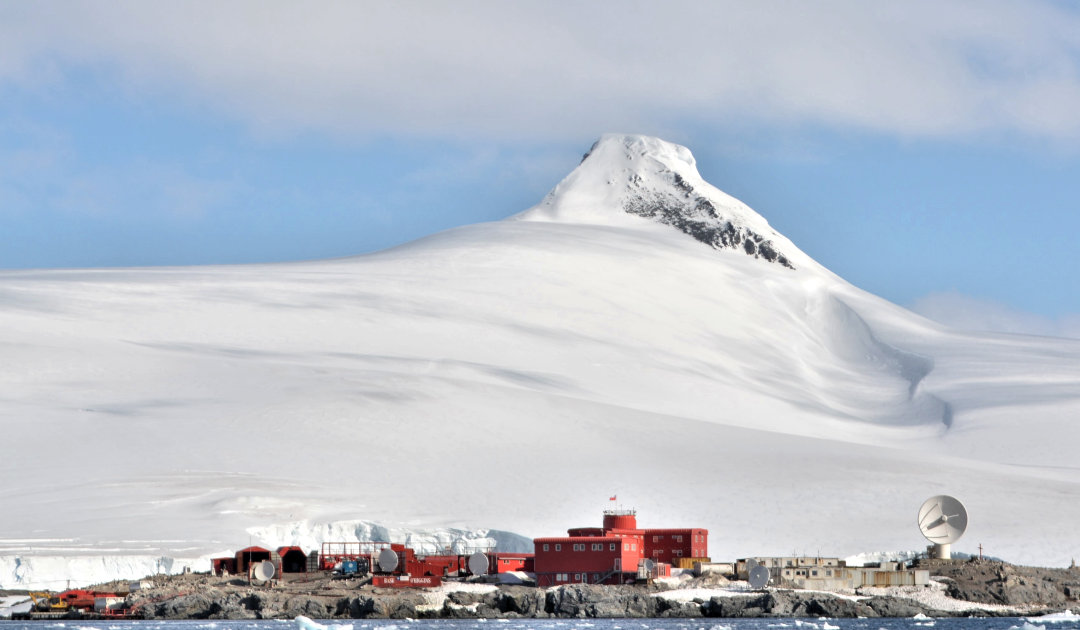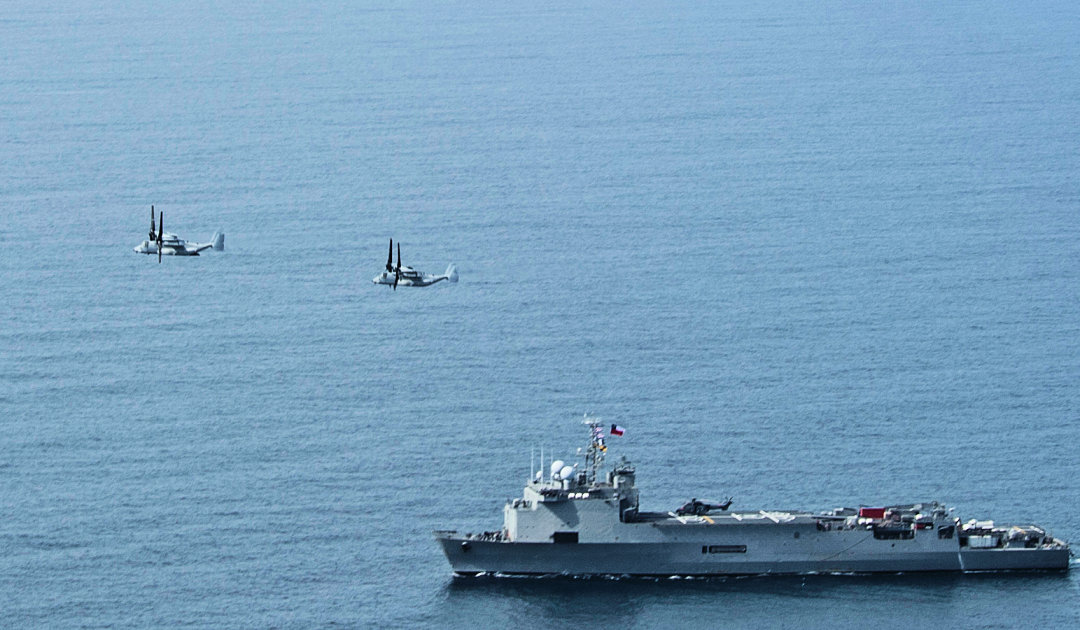UPDATE: According to an announcement from the Chilean Army’s V Army Division, Magellan Region, and published by various Chilean news portals, personnel from Chilean Station Bernardo O’Higgins were evacuated to Punta Arenas already before December 20 and are under quarantine there. It is stated that the state of the patients in terms of symptoms was “encouraging” and “good.” In the meantime, the station had been completely disinfected and staffed by replacement personnel, who had resumed all station activities. The confirmation that the 36 people had COVID had thus taken place in Punta Arenas, not in the station itself. There, several station members had shown symptoms of the disease, while at the same time aboard the Sargento Aldea, 3 of the total 208 crew members had tested positive for the virus upon returning to Chile.

The COVID-19 pandemic has spread across the world since February. COVID cases also had emerged in the Arctic in almost all regions except Svalbard. Only the station personnel in Antarctica had been spared. Throughout the year, enormous efforts were made by all countries operating stations in Antarctica to keep the virus away from the white continent. Now, however, 36 people have been diagnosed with the virus at the Bernardo O’Higgins station in Chile.
As reported yesterday by the Chilean High Command and by the Chilean newspaper El Universal, the patients are 26 members of the army and 10 workers of a maintenance company. The disease was confirmed by PCR tests and medical controls. The 36 people are in quarantine and are to be evacuated. The station can be reached by plane from the Eduardo Frei station, as there is a landing strip near the station.

It was further reported that the outbreak is most likely related to the visit to the station by the amphibious landing ship Sargento Aldea. It had visited the station between November 27 and December 10 to offload maintenance personnel and materials. After the ship returned to its homeport in Chile on December 16, 3 crew members were found to have COVID-19. The virus had also been discovered in other seamen who had disembarked days earlier in Punta Arenas. Thus, the diseases could subsequently also be confirmed in the station by means of PCR tests. To prevent further spread, all contact with other stations will be completely cut off and non-essential personnel will be brought back. At present, the other Chilean stations are not reporting any cases of disease.

It is not known at this time if COVID cases have also occurred at the nearby German research facility GARS-O’Higgins. This small station is located in close proximity to the Chilean station and is permanently manned by four people since 2010. An inquiry was sent to the operating German aerospace center.
All countries operating Antarctic stations had set up strict safety measures in advance with long quarantines, tests and hygiene and distance measures in the stations. Furthermore, many Antarctic programs had decided to focus this season on the essential parts of research and operations. The outbreak at the Chilean station is now the first in Antarctica and comes at the same time as the emergence of a new, even more contagious variant of the virus in Europe, Australia and New Zealand. At the same time, authorities in the Nunavut region had reported their first COVID deaths, with two people from Arviat and Rankin Inlet dying in a hospital in Winnipeg on Sunday due to the COVID infection. Greenland had also reported a new eruption in Ilulissat.

Dr Michael Wenger, PolarJournal
More on the subject:





